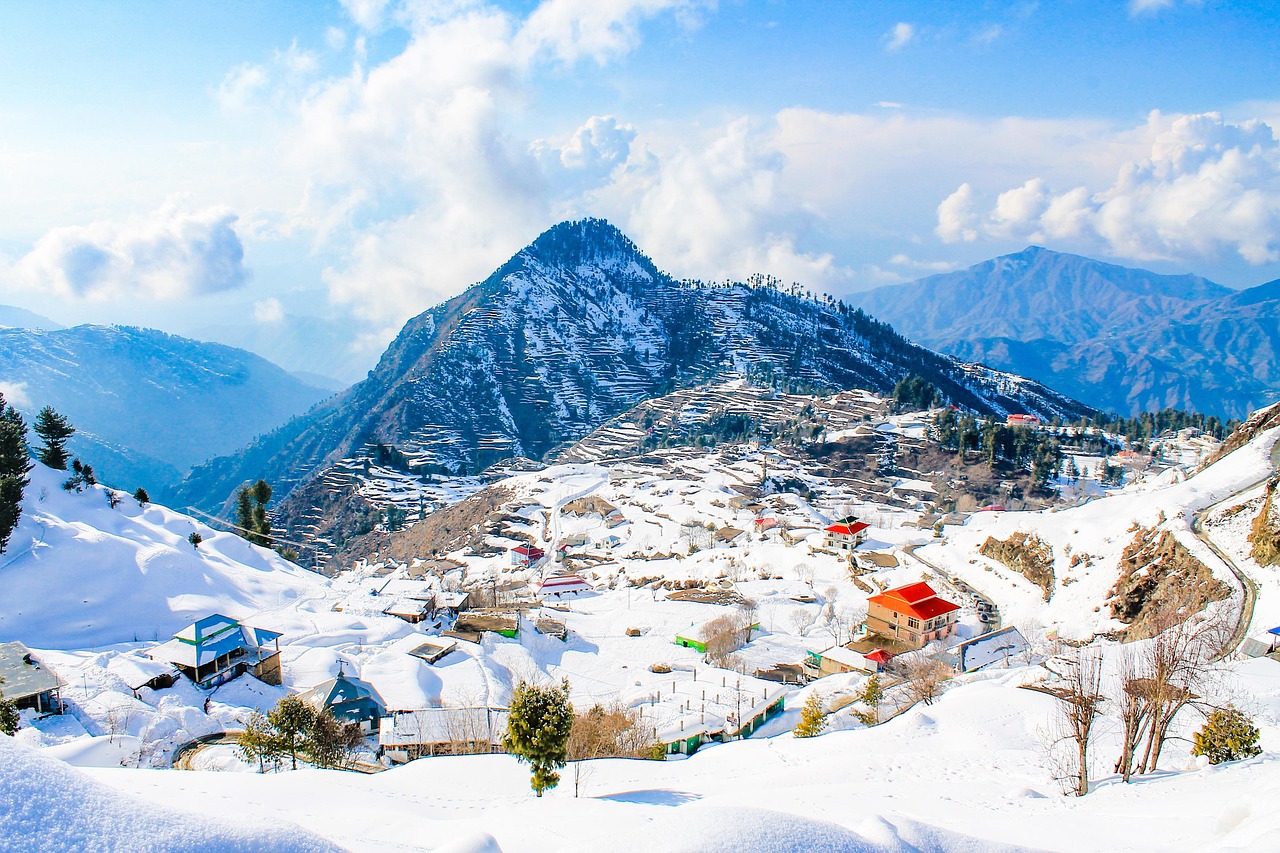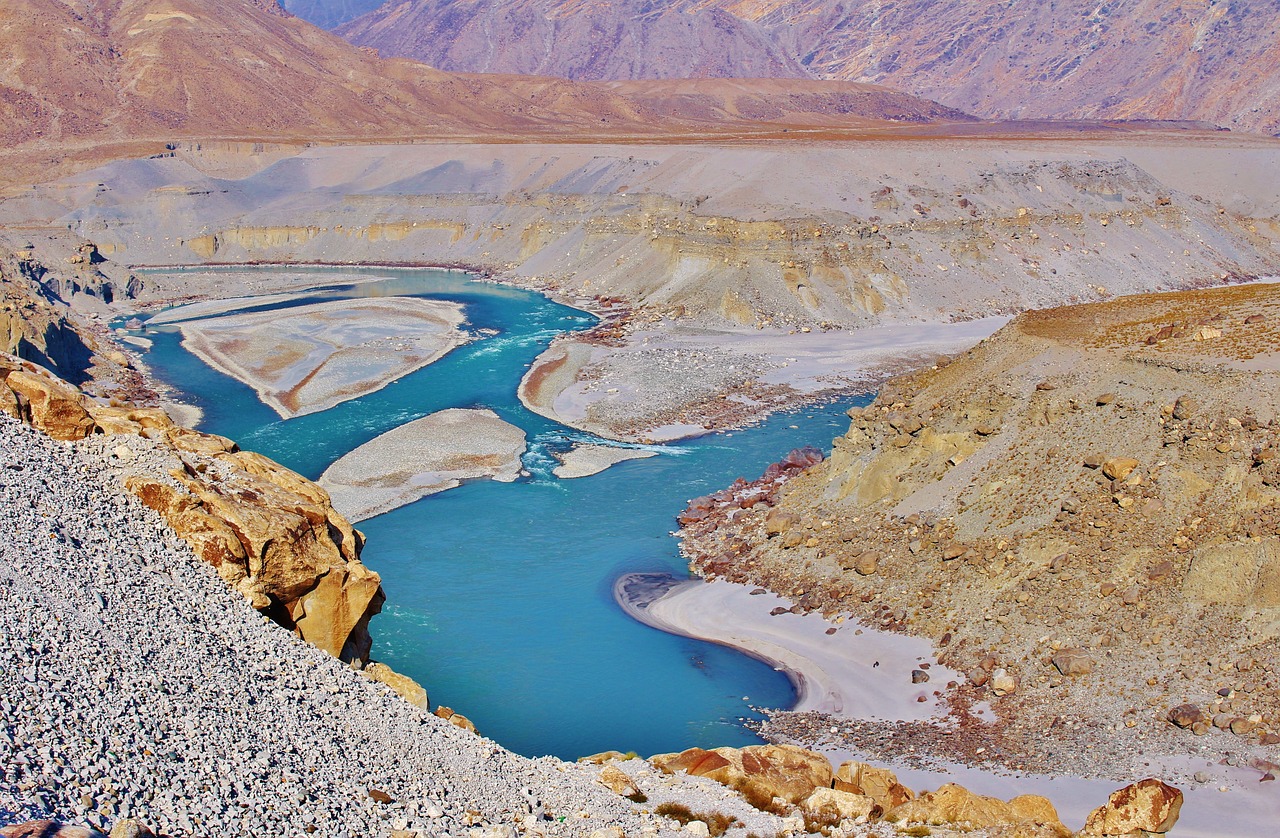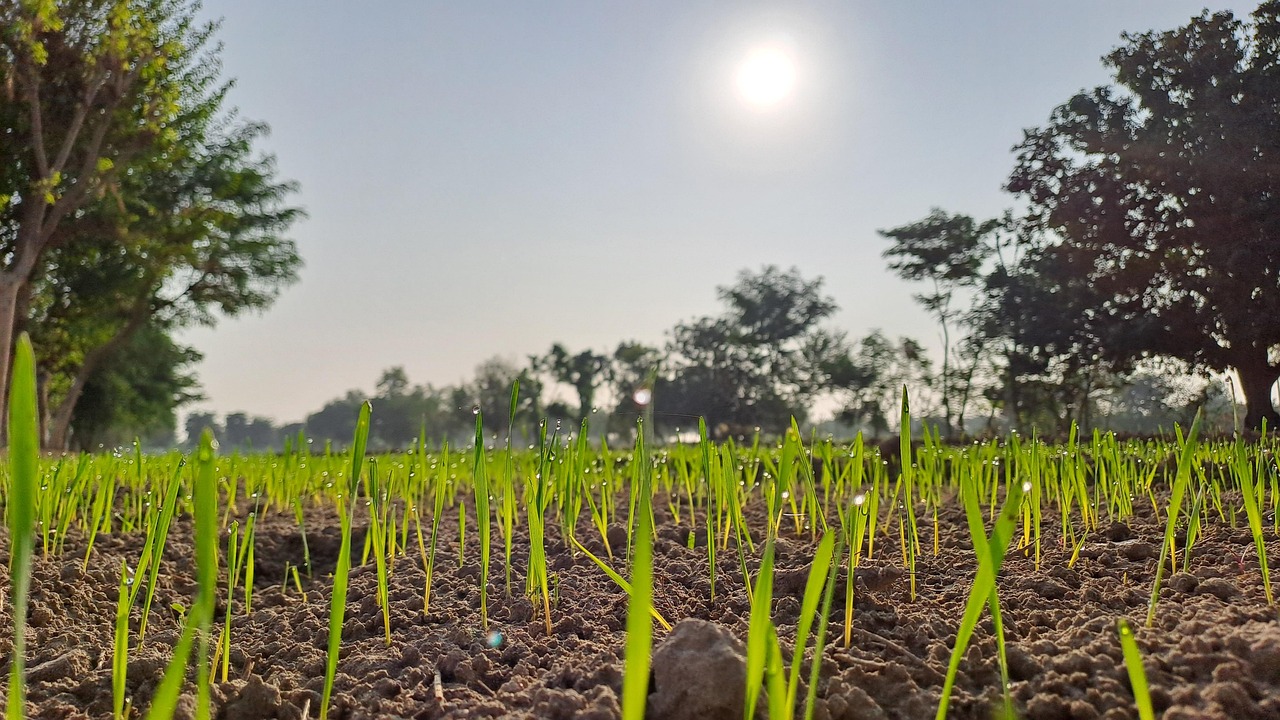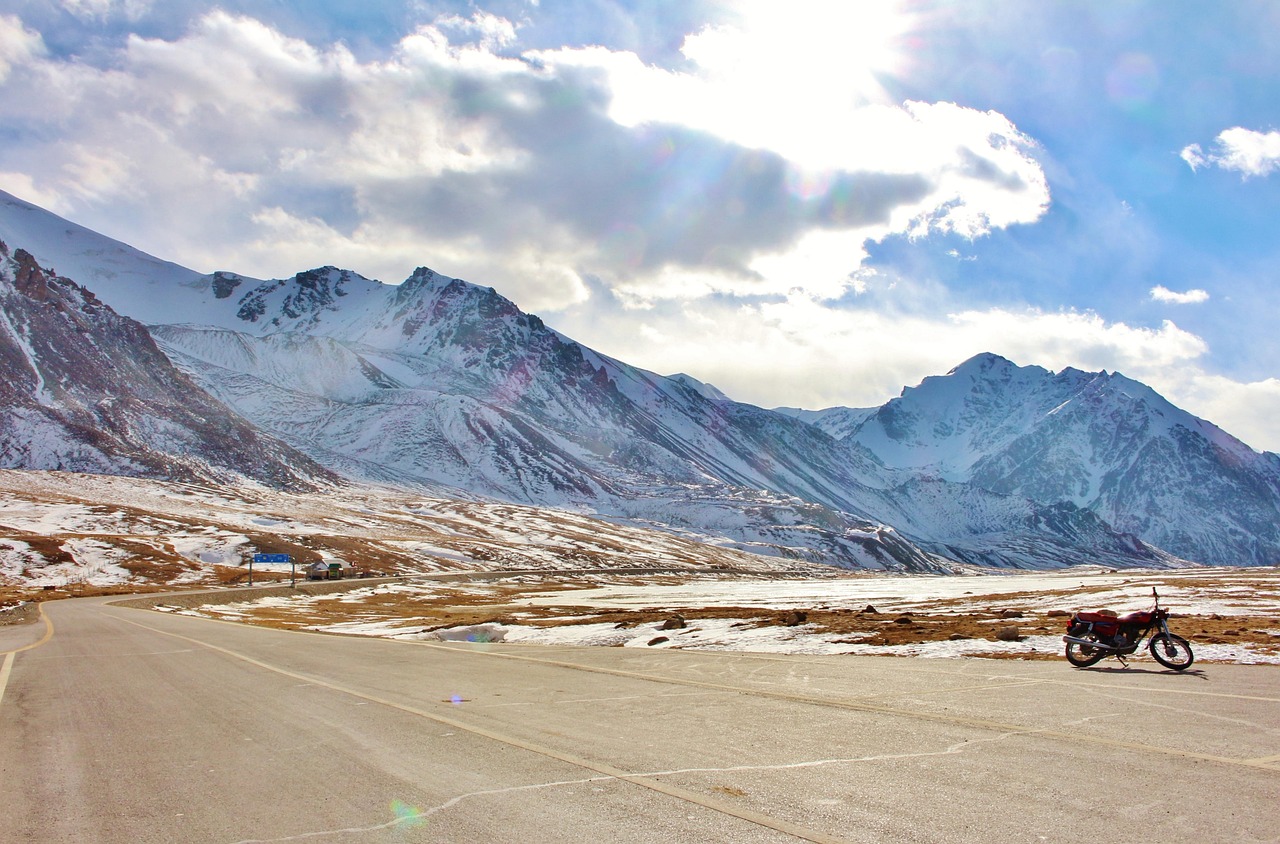Write by Ahmad Sadiq and Sayed Attaullah Shah
Ahmad Sadiq holds an M.Phil. in Sociology from Abdul Wali Khan University, located in Khyber Pakhtunkhwa, Pakistan. Sayed Attaullah Shah is a Lecturer in Sociology at Government College Peshawar.

Violent extremism is the employment of violence or support for violence in order to promote or accomplish ideological, religious, or political goals. In Pakistan, it has manifested in sectarian violence, terrorist attacks, and militant insurrections. Haters mostly use religion, race, and economic status to get people on their side and justify their actions. Hizbul Mujahideen, Tehrik-e-Taliban Pakistan (TTP), and Lashkar-e-Taiba (LeT) have carried out many attacks on civilian populations, governmental institutions, and security forces. Multiple and interrelated historical, geopolitical, and domestic factors, including the Afghan-Soviet war, regional rivalry, and domestic political instability, are the root causes of violent extremism in Pakistan. In order to counter this problem, Pakistan has adopted different counter-terrorism measures as well as de-radicalisation policies. However, there are still several hurdles in place because of the strong root of terrorism and the security situation of the region.
In this article, the authors provide insights into the characteristics of community structures, the social impact of extremism, and the part played by collective identity in combating extremism. In this paper, we draw on experts and relevant academicians and reflect on case examples from the field to explore how the lessons learned from the process of strengthening Pakhtun community resilience may be relevant to Pakistan and other countries.
Historical Events Contributing to the Rise of Violent Extremism in Pakhtun Society
The Soviet-Afghan War (1979-1989) was the main cause of the emergence of extremism. The consequences of this conflict resulted in a high level of militarisation in the region, with the participation of many foreign actors. Consequently, weapons infiltrated this, and radical ideologies were strengthened to create an environment for future extremist movements. Not only did the war destroy normal social relations, but it also brought into the society a culture of violence and militarism.
With the Soviet pullout, the vacuum left in the wake of prior power left Pakhtun regions in Pakistan severely damaged by the Afghan Civil War. Things were made worse by the Taliban coming to power in Afghanistan and the resultant lobbying of the Pakhtun populations across the border based on Taliban ideology and practices. Madrassas (religious schools) set up during this period usually taught extreme faith interoperation to many young people. While the post-9/11 War on Terror and ongoing military operations in the tribal regions of Pakistan have intensified tensions and radicalisation, there is also a new dimension in the armed campaigns, which offered space for fears of the devolution of the army’s political role. It aroused the attention of international powers, which pushed inside the region and made many local issues, anti-Western sentiment, and extremist ideology. While militants were the most common victims of drone strikes and military operations, civilians perished and were displaced. Part of the resentment of these drone strikes and the recruitment of new militants stems from these drone strikes.
Specific Form of Violent Extremism in Khyber Pakhtunkhwa
Pashtun youth in Pakistan’s forms of violent extremism, deep within the socio-cultural, economic, and historical contexts, are deeply rooted. Among these, the socio-economic deprivation, cultural transitions, and historical conflicts make the Pashtun youth vulnerable and susceptible to vivid radicalisation. The subsequent sections elaborate on the different types of violent extremism among the Pashtun youth.
1. Socio-Economic and Cultural Factors
Normlessness and Strain: Rapid socio-cultural change, globalisation, and militancy shattering traditional social structures and value norms create a state of normlessness and strain among the Pashtun youth. Radicalisation has occurred across youth to search for identity and purpose in extremist ideologies in this fertile ground.
Impact of Militancy: The constant militancy in the region has changed the normal Pashtun structures like Jirga, Melmastia, and Badal, causing the cultivation of violence and extremism. These changes have been remarkable, altering the social structure and literature of Pashtun society.
2. Historical and Geopolitical Influences
Legacy of Conflict: Over decades of conflict, particularly including the Soviet invasion of Afghanistan, combined to reinforce the historical image of the Pashtuns as ‘violent’ and ‘warrior-like.’ That is why a spiral of violence and extremism emerged among the Pashtun youth who are involved in these geopolitical processes.
Radicalization Post-9/11: Terrorism after 9/11 and the consequent warfare’ aggravated the radicalisation of the Pakistani youth, particularly the Pashtuns, since radical organisations use social and economic injustices and religious beliefs to lure youth for violent operations.
Due to the continued strife in the country and the open border with Pakistan, it has become easy for the militant groups to look for and get recruits. After three decades of conflict in Afghanistan and Pakistan, the mountainous borders between Afghanistan and Pakistan are proving difficult for government authorities to control and secure. Such an environment has provided the extreme groups to build their centres and training camps for recruitment and brainwashing the young Pashtun generation.
3. The Role of Some Madrassa (Religious Schools)
The role of Madrassa in perpetrating violent extremism and the influence of the young Pakhtun generation cannot be overlooked. Radicalisation cannot be without madrasas (religious schools). Some of the Madrasas in Pakistan’s Khyber Pakhtunkhwa province are accused of spreading extremist ideologies. The system often also provides free education and boarding to impoverished students, which makes such institutions attractive to families that don’t have resources. With programs to fill the gap that public education systems often lack, these institutions can become breeding grounds for radical thought if extremist groups fund them.

Economic and Social Disruptions Caused by Violent Extremism
Violent extremism has severely disrupted Pakhtun areas, delaying investments and stalling development projects. Terrorism and extremism have forced businesses to close, reduced agricultural production, and led to the departure of skilled workers and many elite families from the region. Already caught in a vicious cycle, the economic downturn exacerbates extremism by creating a lack of opportunities, which in turn fuels further extremism. In addition, the economic downturn has crippled the formation of the traditional social structuring and cultural practices causing community cohesion to crumble. In the past, centuries-old social norms of tribal elders and traditional decision-making have been subverted as the tribes have battled with militant groups who have contested the authority of the tribal elders. The traditional authority structure has eroded, leaving an unfulfilled vacuum that was very proudly filled by extremist groups even as the stability had been broken down. Urbanisation and traditional lifestyle changes are a result of conflict-related displacement. More than four hundred thousand Pakhtuns have been displaced and live in cities or camps. It has weakened family and community relations and eroded the population’s ability to share knowledge and practices. New problems emerging for Pakhtun refugees in urban settings include social exclusion, economic vulnerability, and cultural estrangement.
Long-term Sociological Implications on Pakhtun Families and Communities
Violent extremism has a wide and lasting impact on Pakhtun society. The new structure of power is very different, and the militants’ leaders are often more influential and authoritative than the elders of the tribes. However, this change has disrupted the cultural and social lives, political subsystems, and power relations of centuries. Another important finding was the recognition that the problem of trust within communities and towards government institutions is a major concern that poses a significant problem for reconciliation and development processes. This is because social cohesiveness that enhances communities to counter forces that lead to vulnerability is weak, and hence, communities are likely to be easily influenced.
Moreover, the normalisation of violence, as well as intergenerational trauma, could be a future means of social stability. They are likely going to pass down generation over generation how experiences of violence and conflict are going to perpetuate the cycles of trauma and conflict. Confronting this psychological legacy will require long-term culturally sensitive interventions. Traditionally, conflict resolution mechanisms have come unstuck, and communities have no useful way to resolve disputes peacefully. These aren’t new gaps formed by these movements; extremist groups have historically exploited these voids by pitching their own brand of justice to enable themselves in society.
On the contrary, modifications of family structure, in particular, the loss of male family members, either through conflict or migration, have led to transformations of gender roles and family relationships. This tends to result in women having increased responsibilities that clash with this existing societal norm and also puts them at greater risk of vulnerability.
Effects of Violent Extremism on Pakhtun Youth
While extremism has impacted Pakhtun youth, radicalisation, disruption of education, and a lack of economic opportunities is the outcome. The idea of recruiting the youth for extremist groups stretches back nearly as far. That vulnerability has been made widespread in the face of the virulence of militant ideologies. However, the unavailability of economic opportunities and education grants gives these organisations a chance to win over the disillusioned youth by making them feel a sense of what they offer: purpose and belonging.
In addition, the psychological impact has been serious. They have been exposed to widespread trauma, having people around them who have suffered from the loss of family members, constant instability, and violence. That could psychologically impair them so that they cannot build relationships or give something back to society.” In the Pakhtun region, violent extremism normalises violence for young people, which presents a major challenge for future peace-building work. On top of that, other basic forms of abuse have been directed against young people in the region in the form of a total and almost complete lack of proper educational facilities, made worse by the destruction of schools by extremist groups that prevent young people from acquiring knowledge and skills that are critical to personal and professional development. Extremist ideologies attract youth due to the educational gap in critical thinking skills required to navigate radical narratives.
The Rise of Taliban (Extremist)
The Taliban’s takeover of large parts of Swat in Khyber Pakhtunkhwa (KPK) in 2007–2009 highlighted some of the greatest challenges facing community resilience against violent extremism. The Taliban, particularly under Maulana Fazlullah, brutally enforced their interpretation of Sharia, unleashed widespread violence, and compelled thousands of people to escape their ascent. The Taliban enforced stringent regulations, including the exclusion of girls from education, the requirement for women to wear burqas, and the seizing of public spaces through violent retaliation against those who defied their authority.

Ways the Pakistani Taliban Attracts Youth
In Swat and Malakand, the Pakistani Taliban have successfully lured youth through ideological, social, and coercive modalities. The recruitment methodologies are interwoven with local narratives of socio-political regions: recruiting young people on the basis of grievances and local religion. The following sections cover how the Taliban attracts youth in these areas.
- Ideological Appeal
Religious narratives have been exploited by the Taliban to capture the local populace, preaching their version of Islamic Sharia as the clear answer to the social injustices and grievances that poor people face. They managed to spread their idea through FM radio, a very important medium that spread their ideology, attracted the support of the youth and provided them with ideological support.
Publications like “The Mujahid’s Call” were distributed among college students, where the young generation was compared with Islamic history heroes, creating a sense of religious duty and identity among youth volunteers.
- Social and Community Dynamics
The culture of crime and social disorder in Swat has been the most influential factor in juvenile militancy. Family participation in crimes, community support for crimes, and economic differences have led youth to easily join the Taliban.
The Taliban seized on these openings because they could portray themselves as the defenders and benefactors of justice, which would have been a powerful attraction to young people who had grown up with little confidence in the prevailing system.
- Coercion and Incentives
The recruitment by the Taliban also comprised force, incentive, certainty, and rationality. They seized on the absence of state authority and law enforcement to engage in coercion to get its youthful members while at the same time providing them with a family and a reason to fight.
The Taliban have been effective with their strategies, but the strategies faced a lot of challenges. Although they received great support from the religious as well as social narratives, to begin with, the violent actions they took on the average person wore away their credibility and, thus, the confidence and support of the local communities. It illustrates how insurgency’s ideological allure may coincide with insurgency rule’s actualities.
Was community resilience a failure in Swat?
For many reasons, community resilience did not sufficiently protect against the Taliban’s rise in Swat in a number of ways:
1. Weak Local Governance: Local governance structures were fragile at the time; they lacked the right skills to fend off underlying issues that made them prone to extremism, including poverty, illiteracy, and weak rule of law.
Various studies revealed that prior to the 2007-2009 conflict in Swat, the community of the Malakand division and government entities such as the police, army, and judicial system lacked cooperation and equal access to resources. These factors are considered perilous indicators of violent extremism. The findings indicate that during the conflict, the Taliban created an atmosphere of widespread fear, affecting even their family members. One of the respondents (a Lecturer in a Malakand University) told us that:
“Before Taliban arrived in Swat, there were very few resources, the Police had very few resources and inadequate personnel, and the people of Swat were fed up with the judicial system of Pakistan.” (Personal Communication).
2. Inadequate Security Forces: Police departments had outdated methods and limited resources to effectively manage this conflict. The Pakistani military and law enforcement resisted the Taliban’s advances, but it was harder in remote areas like the southwest. This, in turn, rendered many communities vulnerable to the influence of extremist groups.
3. Socio-economic Factors: There was a high rate of poverty, unemployment, and poor access to quality education in the region. These things make otherwise normal people susceptible to extremists, who might promise stability, justice, and an alternative to the way things stand.
One of the respondents (Elder of Jirga) told us that “When the Taliban initially arrived in Swat, they employed various strategies to enlist young individuals from the local population, one of which involved offering employment opportunities to jobless youths. The community was preyed upon by the Taliban, who ignored the fact that there were visible problems going on already: poverty, unemployment, and injustice. As a result of these pre-existing challenges, the local populace was more susceptible to being drawn into violent extremism.”
4. Community Divisions and Lack of Unity: As much of Pakistan, Swat’s politics were also deeply divided — dashed with tribal rivalries and sectarian divides, but utilised by extremist groups for purposes of cultivating or tolerating support. Groups like the Taliban made it vulnerable to no unifying reaction against extremism or violent extremism.
While the Taliban were very influential in many areas, they controlled as far as society was concerned. The low levels of bond and trust among community members were also a great reason for this case. One of the officers of forces revealed that:
“We observed that in areas where the Taliban held significant power, their influence on society was considerable. This was largely due to the low levels of trust and weak social bonds amongst community members.” (Personal communication).
5. Ideological Appeal: The aspect of the Taliban’s preference for a strict interpretation of Sharia law echoed among those segments of the population that were indeed frustrated with the government’s inability to fight corruption and ensure judicial fairness or good governance. In this space, an extreme ideology was so enticing that it undermined the community’s resilience by promising structure and fairness through forceful and coercive means.
Efforts and the Eventual Response
Despite these challenges, the local communities showed a certain measure of resistance. Many local politicians, civil societies, and inhabitants of the country challenged the authority of the Taliban, which was not without danger to their lives. This opposition grew over time and, along with a military operation (Operation Rah-e-Rast in 2009), forced the Taliban out of Swat. Nevertheless, the military intervention paid in the lives of people and their displacement, but it was a turning point. However, the post-conflict reconstruction and recovery process required social reconstruction, which involved the restoration of the education of girls and social services.
The community resilience of Swat during Taliban rule can be termed as a failure in the sense of being unable to stop or quickly resist the Taliban takeover. However, the community resilience’s long-term response to the insurgency, particularly through military intervention and local resistance, suggests that adversity can reawaken resilience. Therefore, it became clear that preventing another cycle of radicalisation would require not only addressing the conditions that give rise to extremism but also doing so in ways that build lasting resilience to the factors that drive it: poverty, lack of education, and weak governance.

The Role of Pakhtunwali in Community Resilience to Violent Extremism
The traditional code of conduct of Pashtun communities, called Pakhtunwali, contributed to strong community resilience locally by resisting the Taliban’s rise and occupation of Swat. Pakhtunwali emphasises the values of hospitality, honour, justice, bravery, and loyalty to family and community. Traditional values of Pakhtunwali, even though they clashed with many of the Taliban’s ideologies, influenced both the initial emergence of resistance as well as the pushback against the Taliban’s rule.
Key aspects of Pakhtunwali that Contributed to Community Resilience:
1. Council of Elders (Jirga)
- Jirga (the traditional tribal council) was an essential part of Swat and other Pashtun regions in mobilising the community’s resilience against the Taliban. During the rise of the Taliban, the Jirga remained an important institution for organising resistance and calling for local autonomy, and its forum remained the only one for decision-making and dispute resolution.
- The Jirga holds a central position in Pakhtunwali and exerts considerable sway over Pakhtun society. Recognising the Jirga’s significance and impact, the Taliban, upon gaining some support and influence, immediately set about undermining its authority. They achieved this by establishing their own council to settle disputes, effectively shifting power away from the traditional Jirga system. This manoeuvre significantly undermined the Jirga process. Had the Jirga remained robust during this period, and had the populace been cognisant of the Taliban’s intentions, the Taliban would likely have encountered substantial community resilience from local communities. Another elder, a member of VDC (Village Defence Council), stated that: “Jirgas, in particular, plays a key role in several ways of enhancing community resilience to violent extremism. Jirga and Hujra create an environment for constructive interaction between community members to create trust and minimise or resolve conflict. Also, Jirgas act as a source of comfort to the victims of the terrorist attacks. These traditional councils also can have a hand in tackling other basic causes of radicalisation, including poverty, unemployment and social inequality.” (Personal communication).
- The Taliban’s violation of local customs and the establishment of Jirga as institutes of local governance angered the community in general. Jirgas, often convoked by tribal elders, talked of how to resist the Taliban, but peacefully, if possible. The Jirga system made communities come together for collective strategies for the defenders and survivors, increasing the sense of solidarity, a characteristic of Pakhtunwali.
- In certain areas, Jirga played a significant role and resisted the aggressive advances of insurgents through forceful means. Some of these Jirga were particularly noteworthy as they declared that Swat’s inhabitants would align themselves with the government and military in their struggle against extremists. The formation of these Jirga was aimed at fostering the development of Swat’s people and eliminating or preventing violence in the area. Consequently, the findings indicate that Jirga is a crucial component of Pakhtun society, capable of playing a vital role in fostering peace within the community and possessing the ability to resolve any conflicts or issues. Furthermore, if Jirga were to become predominant in Pakhtun society, the populace could mount a robust community resistance against violent extremism.
2. Honour and Dignity (Nang)
- In Pakhtunwali, personal and community honour is supreme. They (the Taliban) enforced extreme punishments and banned girls’ education and, in fact, considered it a direct assault on the dignity of the Pashtuns. The Taliban’s actions were seen by many within the community as dishonourable and against the tenets of Nang (honour) and mobilised resistance in an effort to protect their way of life.
- The findings show that numerous local elders and leaders opposed the Taliban, including some who had previously fought against them. As a consequence, many Jirga members, elders, and local leaders were targeted by the Taliban, resulting in numerous martyrdoms. Their primary motivation stemmed from a profound sense of duty to safeguard their community’s honour. Those who adhered to Pakhtunwali, including local leaders, elders, and tribes, developed various forms of resistance against Taliban rule, both passive and active. (Personal communication and observation).
3. Hospitality (Melmastia)
- Another tenet of Pakhtunwali is Melmastia, or hospitality. So, when the Taliban’s harsh rule led thousands of Swatis and people from other Pashtun-dominated areas to flee and face displacement, communities would open their doors to them, even under threat from the Taliban. Communities kept supporting each other despite fear of retribution by the Taliban, and that’s what this act of solidarity in times of crisis was all about.
- Furthermore, the principle of hospitality also generally implies persuading against foreign influences, as in the case of the Taliban, who are seen as outsiders forcing foreign production of areas of Islam among the Pashtun people. Their instincts were to resist the Taliban on both counts for their violence and because they undermined the values of Pakhtunwali, the code that guides the Pashtun people.
4. Justice and Revenge (Badal)
- Badal or revenge (or justice) is heavily stressed in Pakhtunwali. This is something that can, on occasion, show itself in violent ways, but it was also a means for local communities to push back against the Taliban. Wherever the Taliban imposed violence or cruelty, Pashtun families and tribes had to resort to justice through traditional codes, sometimes by what we would call guerrilla resistance or by protecting their homes and families.
- The Pashtun code will also be seen as important in this context because it placed so much emphasis on justice in society as people tried to find ways of standing up to the oppression of the Taliban. Although there was hardly any proper institutional arrangement of governance, there were other forms of justice systems derived from Pakhtunwali.
5. Bravery and Resistance (Toughness)
- Toughness, or bravery in the face of adversity, is one of the most well-known values of Pakhtunwali. Like the British Empire and then the Soviet Union, the Taliban was no exception; Pashtuns have a long history of resisting foreign invasion. The tradition of Toughness found in Pakhtunwali draws many local leaders, militias, and ordinary citizens to fight back against the Taliban.
- Local fighters, including Pashtun youth and tribal militias, allied with the Pakistani military to push the Taliban out of Swat Valley in 2009 during military operations against the Taliban, and this valour was strikingly manifested.
Pakhtunwali played a crucial role in fostering community resilience in Swat during the Taliban’s occupation. This cultural code provided the social and cultural foundation for Pashtun communities to resist, unite, and show solidarity, contributing to both passive and active opposition against the Taliban. Nevertheless, the efficacy of Pakhtunwali in combating extremism had its limitations, as the Taliban’s brutal tactics and radical ideology posed challenges that traditional values and community practices alone struggled to surmount. In the end, military intervention and cooperation with local resistance groups played a crucial role in regaining control of the region, but we should not overlook the importance of Pakhtunwali in bolstering the resilience of Swat communities.

Suggestions for Foreign Visitors and Students
So, in case Pakistan is fond of foreign visitors and students, it is imperative they avoid unsafe decisions and be culturally sensitive. Since regions where instability is prevalent, it’s important to remain informed about the situation. Visitors are advised to register with their local embassy, follow local laws and customs, and respect religious practices. Modesty with your dress and learning a few basic Urdu phrases will spare the shoal with social interaction.
Pakistan encourages foreign visitors and students to take advantage of the chance to interact with local people and learn about Pakistan’s heritage. Cultural events, historical sites, and diverse cuisines will help us understand the traditions and lifestyle choices of the country. That said, caution still remains necessary, and travelling to a high-risk area is never recommended, as there will always be a need to be extra careful when enjoying what Pakistan has in store.
The Pakhtun’s hospitality, known as Melmastia, is a very much accredited part of Pakistani culture. This tradition keeps with the ethos of consistently welcoming guests, feeding them, and opening up to them even on dangers of their backgrounds or other attachments. Foreign visitors who come to the Pakhtun region are likely to come across this generous feeling of hospitality, which can give visitors a good impression of warmth and goodwill. This facet of Pakhtun culture is appreciated by allowing us to enhance cultural knowledge while creating more meaningful interactions with visitors and the local community.
pdcc
Wonderfully written with vast knowledge